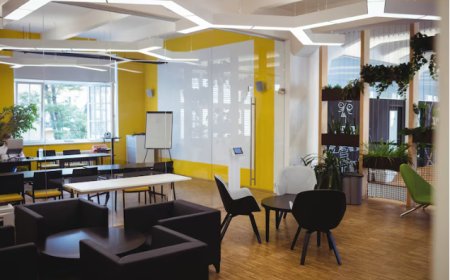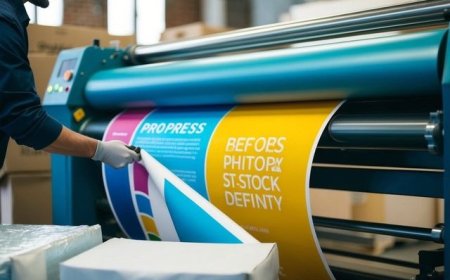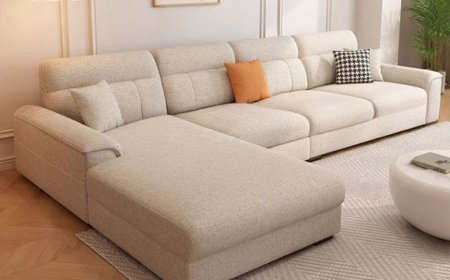Choosing the Right Office Table and Free Standing Table for Modern Workspaces
In todays rapidly evolving corporate landscape, the design and functionality of office furniture have become essential components in shaping productive work environments. Among the various elements of workplace design, the office table stands as a fundamental centerpiece. Whether it's for executive rooms, collaborative spaces, or individual workstations, selecting the right office table plays a pivotal role in fostering efficiency, organization, and comfort. A growing trend in this realm is the adoption of the free standing table, which brings flexibility and versatility into the workspace. This blog will delve deep into the advantages of modern office tables, with a special focus on free standing models, their ergonomic and aesthetic importance, and how to choose the best option for your business or home office setup.
Understanding the Functionality of Office Tables in Workspaces
The primary purpose of an office table goes beyond just providing a surface to place a laptop or stack of files. It influences work habits, posture, productivity, and even the aesthetics of the workspace. A well-designed office table serves as a personal command center, supporting all essential work activities, from typing and writing to organizing documents and holding virtual meetings. As work dynamics shift toward hybrid models, the demand for adaptable office furniture has surged. This is where the free standing table gains prominence. Unlike fixed workstations or wall-mounted units, a free standing table offers complete flexibility in placement, allowing the user to reconfigure their workspace as needed.
Why a Free Standing Table is a Smart Investment
Flexibility is the hallmark of a free standing table. One of the main reasons businesses and remote professionals are opting for these tables is their adaptability. Unlike traditional office setups where furniture placement is constrained by walls or cubicle partitions, a free standing table can be positioned in any part of a room. This makes it ideal for open-plan offices, collaborative spaces, and home offices that may double as dining or living areas.
In addition, free standing tables are easy to move, which is beneficial for offices that frequently reconfigure layouts for team projects, training sessions, or client meetings. Many free standing designs also include features like cable management systems, built-in drawers, and adjustable height settings, which make them just as functional as fixed desks while offering superior flexibility. Moreover, these tables often come in modular formats, allowing multiple tables to be joined together or rearranged as per the needs of the workspace.
Ergonomics and Design of Modern Office Tables
When choosing an office table, ergonomics should be a top consideration. A table that promotes proper posture and comfortable working conditions can significantly reduce fatigue and long-term health issues like back pain or repetitive strain injuries. Modern office tables are increasingly being designed with height adjustability to allow users to alternate between sitting and standing positions, enhancing blood circulation and reducing sedentary stress.
Material and design also matter. Tables with smooth, non-reflective surfaces reduce eye strain, while rounded edges prevent wrist injuries. Wood, metal, glass, and engineered laminates are common materials, each offering unique advantages in terms of durability, appearance, and maintenance. Aesthetically, todays office tables are designed to blend seamlessly with contemporary interiors. From minimalist Scandinavian styles to bold industrial themes, there is a wide variety of designs that suit different branding or personal preferences. Free standing tables often lead this innovation, being available in sleek, space-saving models that maintain a professional appearance while maximizing utility.
Office Tables for Different Workspace Needs
Different roles and tasks call for different types of office tables. An executive office requires a spacious and stylish table that makes a strong impression, often complemented by rich wood finishes and integrated storage. For team environments, collaborative tables with shared power outlets, open leg space, and connectivity features are more appropriate.
For creative professionals like designers or architects, larger surface areas and adjustable height features are essential. In contrast, administrative roles may benefit from tables that emphasize filing and organization features. The free standing table proves useful across all these scenarios. It can act as a minimalist desk in a home office, a secondary workspace in a collaborative hub, or a mobile surface in a studio setup. The adaptability of such a table makes it ideal for startups, freelancers, and dynamic teams who value change and creativity.
Sustainability and Future Trends in Office Table Design
Sustainability is becoming a core factor in office furniture design. Environmentally conscious businesses are seeking office tables made from recyclable or responsibly sourced materials. Many manufacturers now offer free standing table options built from bamboo, reclaimed wood, or recyclable aluminum frames. These not only contribute to environmental goals but also reflect a company's values in its interior design.
Technology integration is another major trend. Office tables today are being equipped with USB ports, wireless charging stations, and even IoT devices that monitor posture or track usage for efficient space planning. As the future of work continues to evolve, tables that support a tech-enhanced, wellness-focused, and agile working environment will be in higher demand.
Tips for Selecting the Right Office Table
Before purchasing an office table or free standing table, it's important to assess your workspace size, work habits, and storage requirements. Here are a few quick tips:
-
Measure the space: Always consider dimensions, including legroom and space for chairs or accessories.
-
Think about mobility: A free standing table with casters can be easily moved when reconfiguring your space.
-
Check weight capacity: Especially if you use heavy monitors, printers, or other equipment.
-
Consider the future: Choose modular or expandable tables that can grow with your business.
-
Test ergonomics: Opt for adjustable height or at least a design that promotes a healthy posture.
Choosing the right table will help foster a comfortable, functional, and motivating workspace.
Conclusion
Incorporating the right office table into your workspace design can make a significant difference in employee comfort, productivity, and space utilization. The versatility and modern aesthetics of the free standing table have made it a favorite among both businesses and remote workers. As we move toward more flexible and tech-integrated work environments, selecting adaptable, ergonomic, and well-designed office tables becomes not just a matter of style, but of strategic workplace planning. Whether you're setting up a home office or redesigning a corporate space, investing in the right office furniture pays long-term dividends. With endless design options and functional features, office tables today are more than just furnituretheyre an essential part of how we work.




































